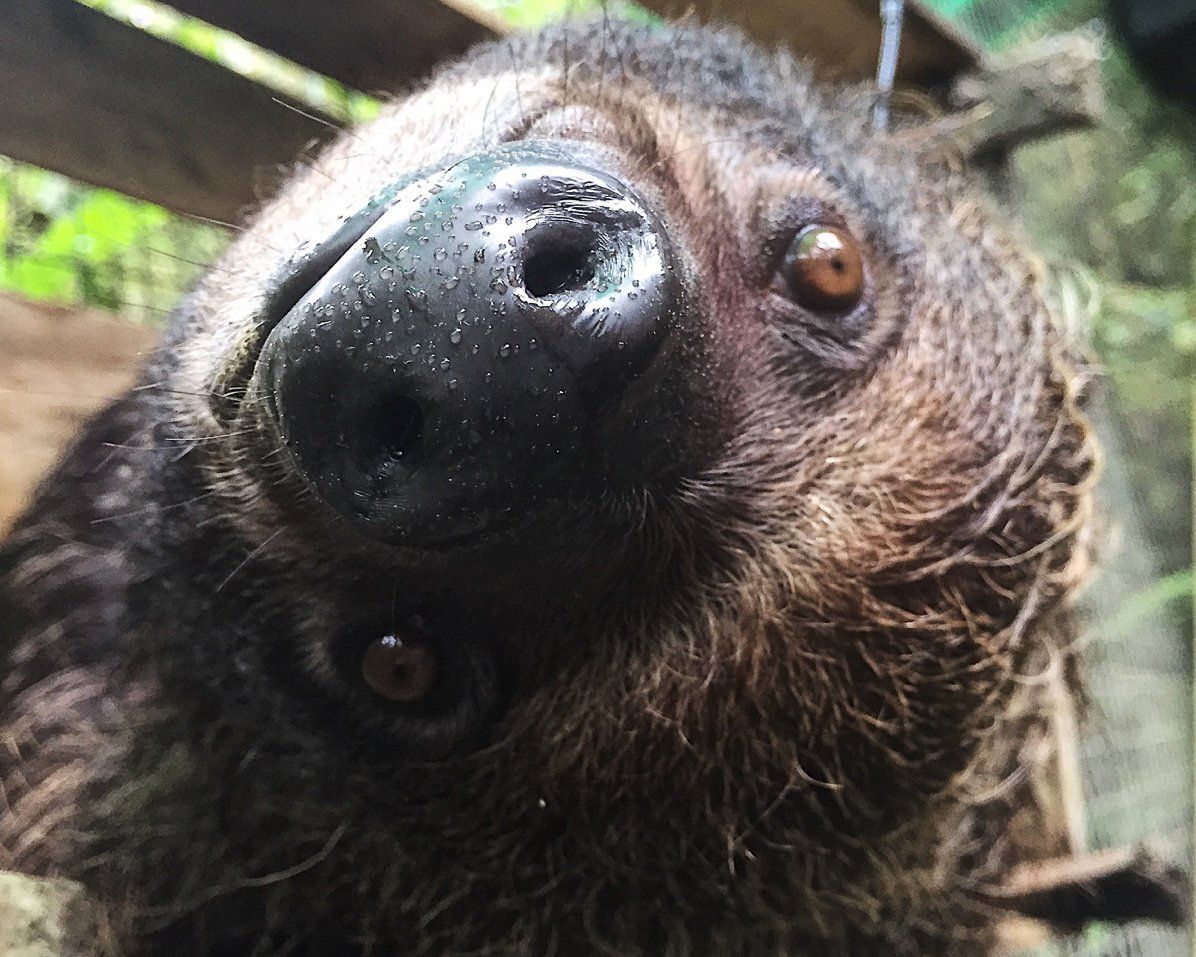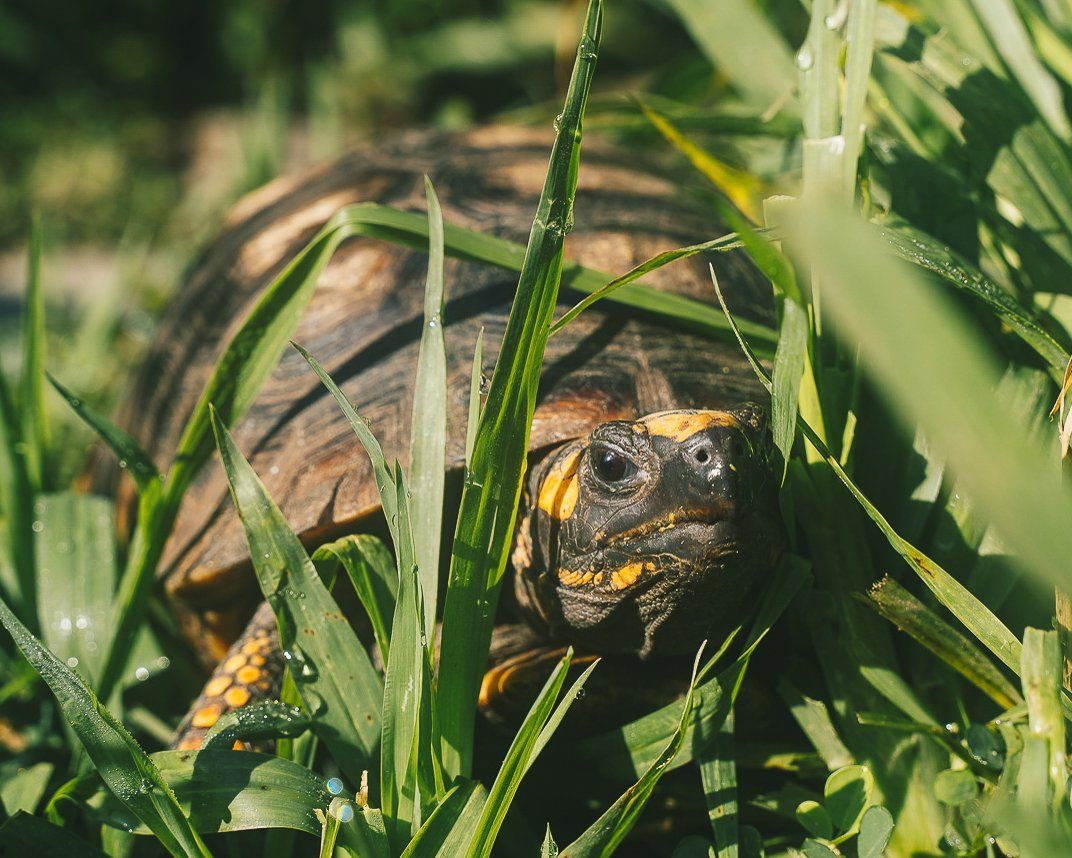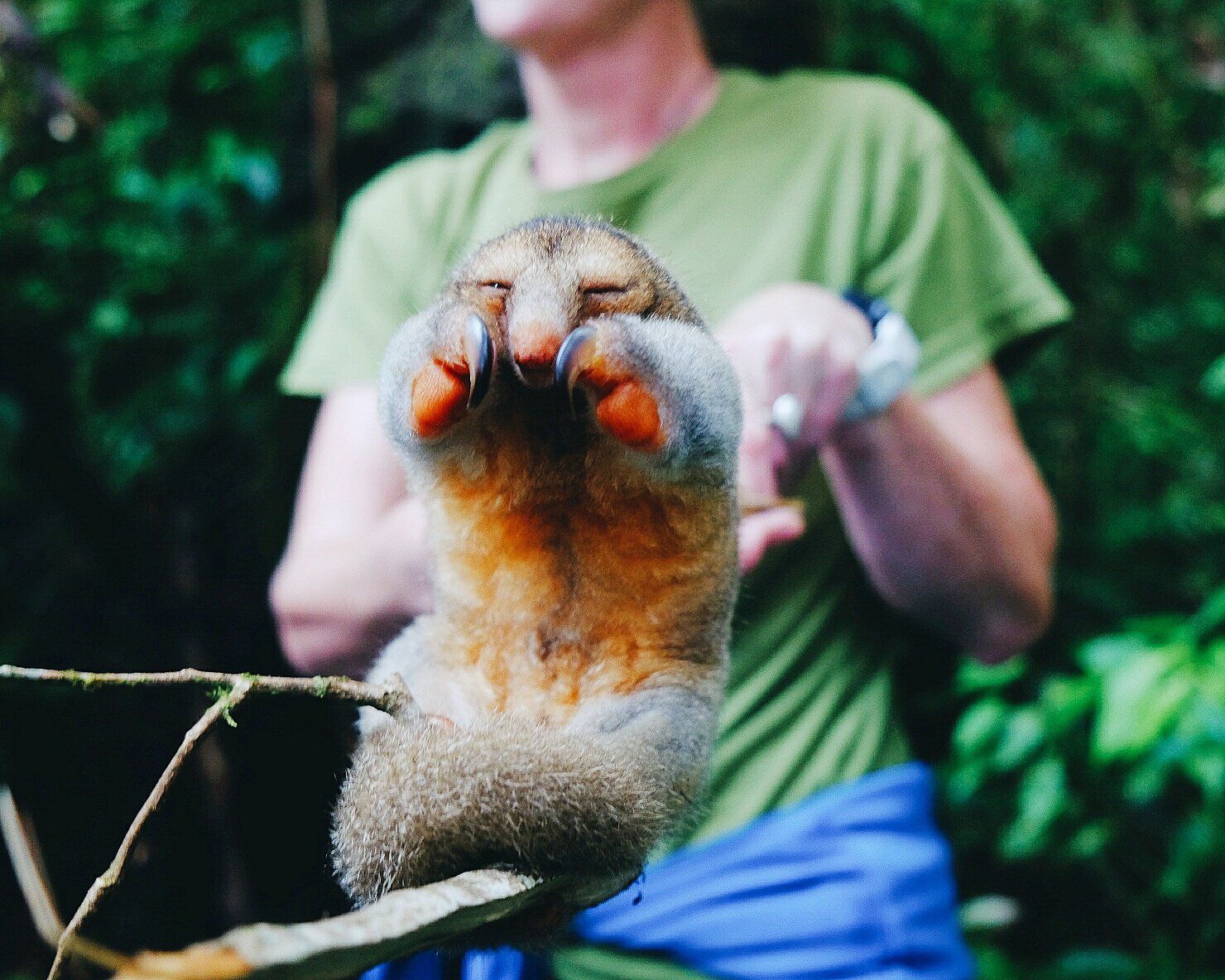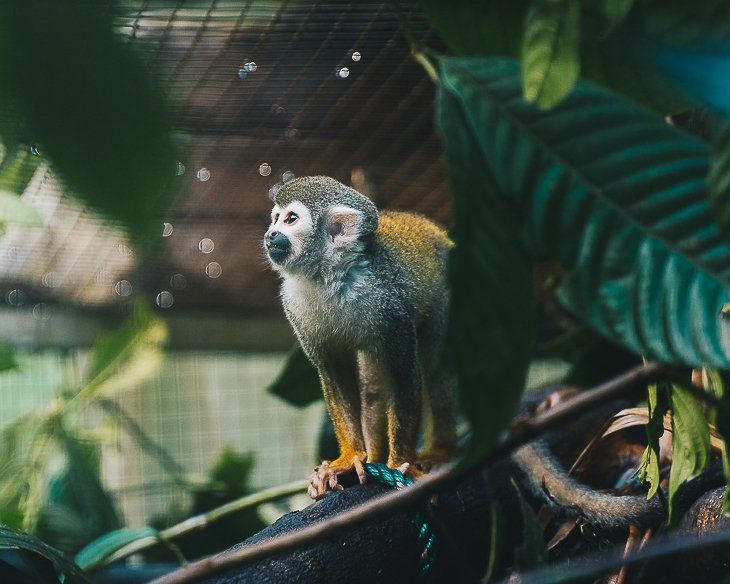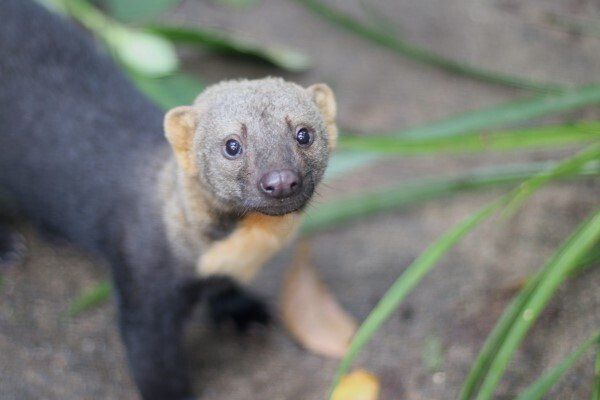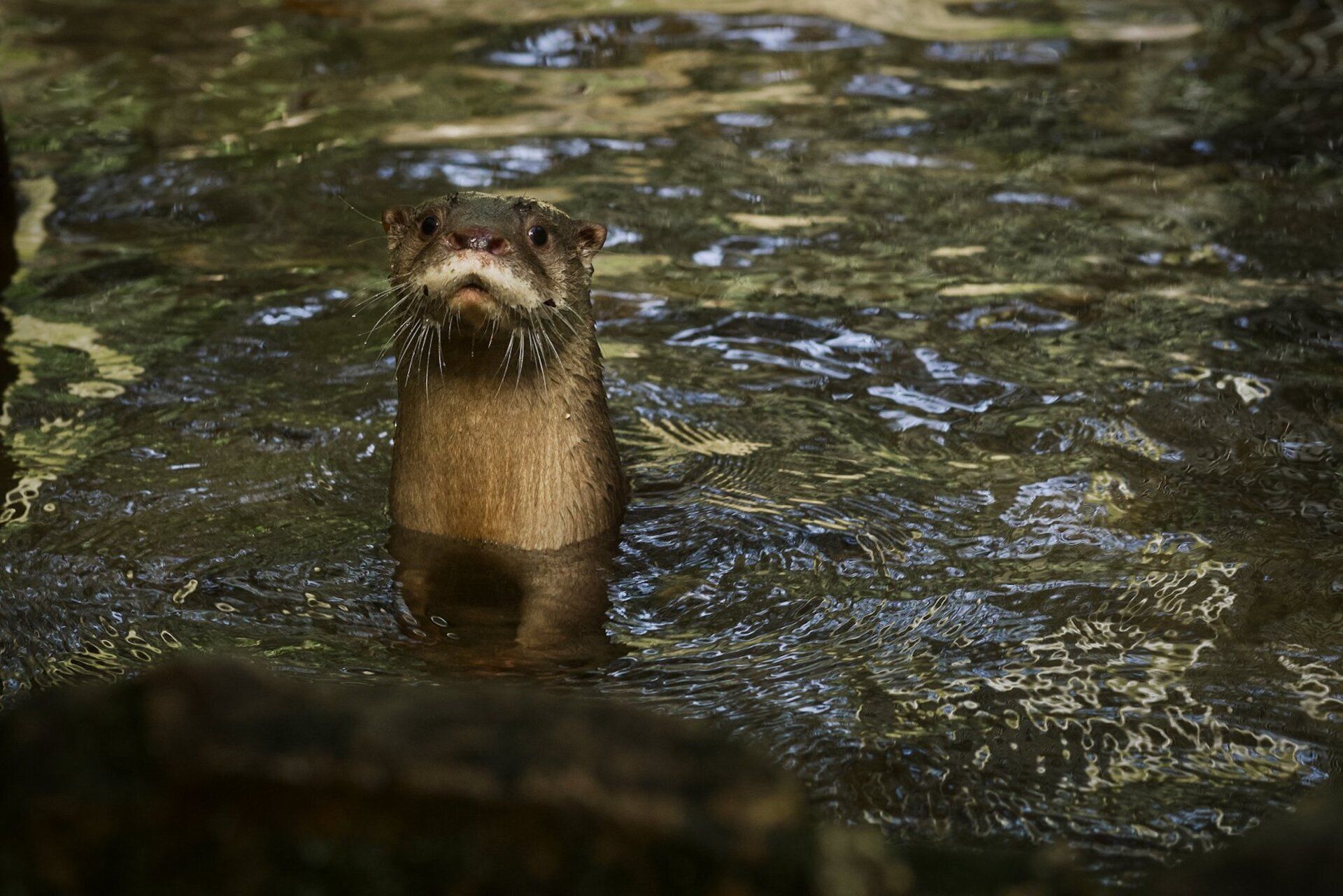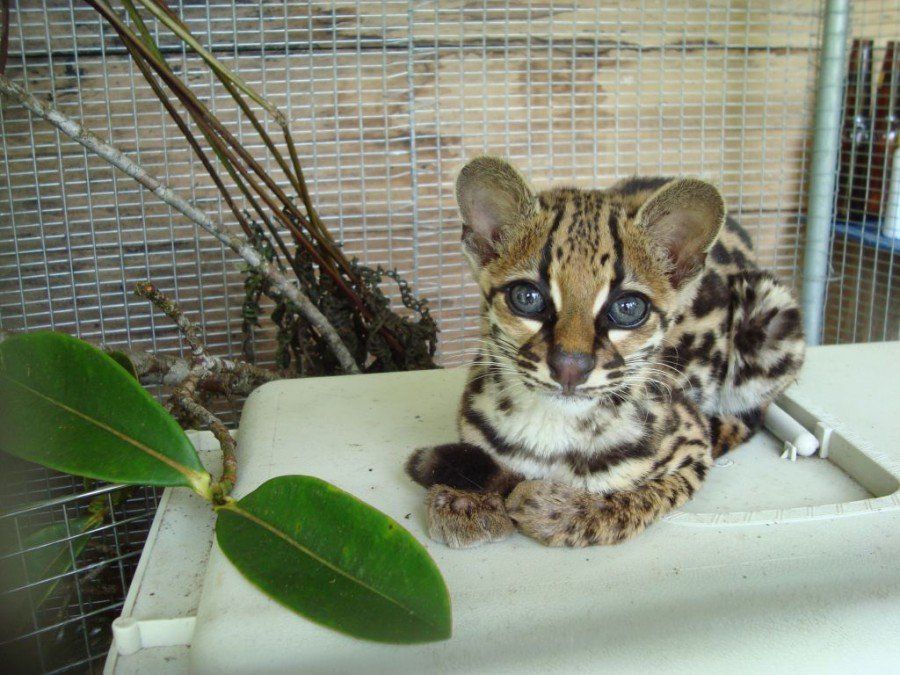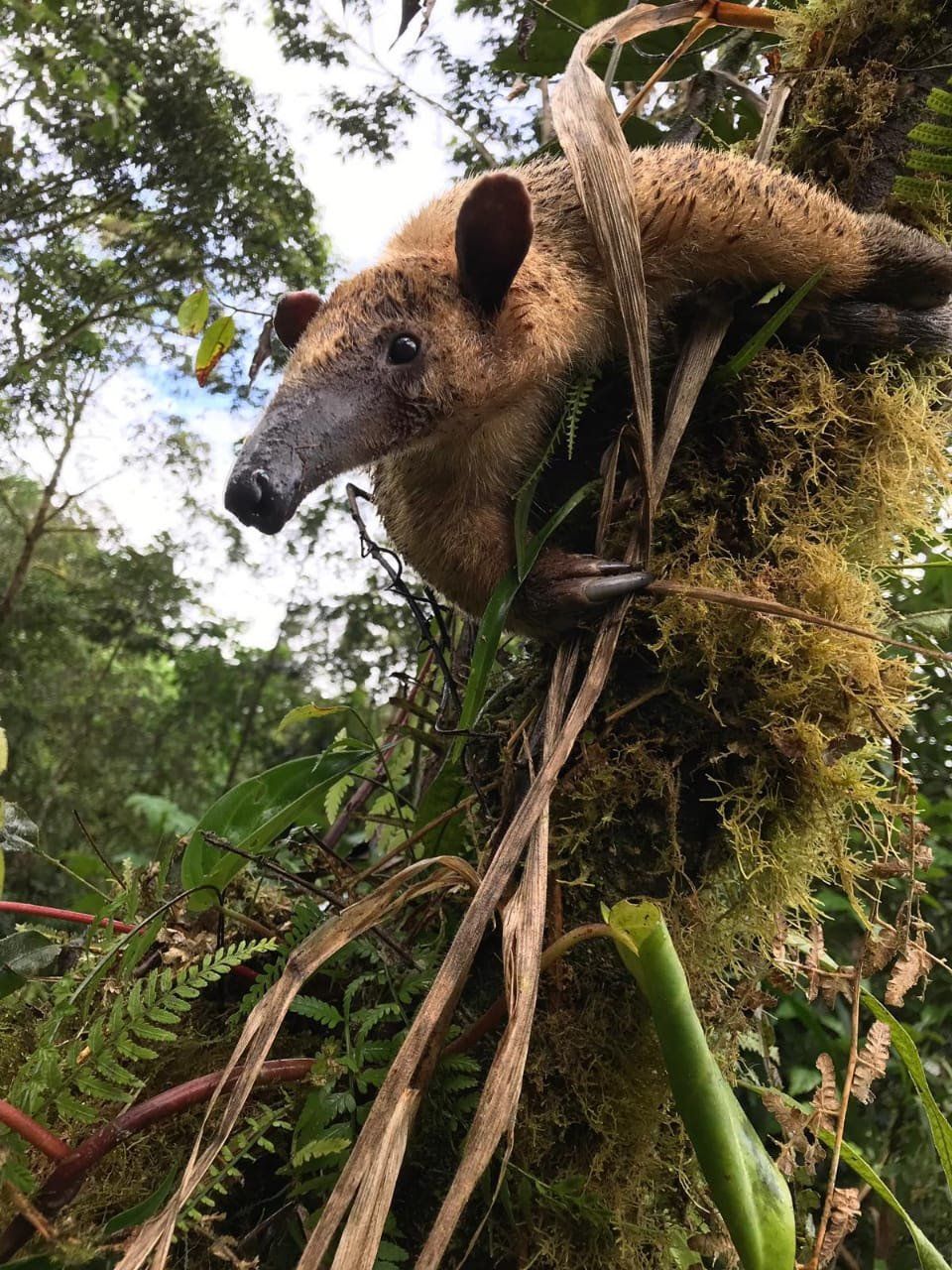Meet The Animals
We are currently caring for about 100 animals including capuchin, woolly, red howler and tamarin monkeys as well as many species of parrots, kinkajous and small mammals. We also house a puma and sometimes other felines. Most are brought to us by the Ecuadorian Ministry of Environment after being confiscated from the illegal wildlife trade.
Meet The Animals
We are currently caring for about 100 animals including capuchin, woolly, red howler and tamarin monkeys as well as many species of parrots, kinkajous and small mammals. We also house a puma and sometimes other felines. Most are brought to us by the Ecuadorian Ministry of Environment after being confiscated from the illegal wildlife trade.
Rehabilitation
Because rehabilitation is an important part of what we do, the group of animals we look after often changes, with animals being released or moved to other refuges, depending on the care and environment they need. We have had some great successes in the area of rehabilitation which you can read more about
here. For the animals which are not eligible for release, our focus is on giving them the most natural life possible here at Merazonia.
Capuchin Monkeys
Capuchin monkeys are known as the most intelligent New World primate species primarily due to their ability to use tools to open big fruits and nuts. Our group consists of white-fronted capuchins (Cebus albifrons). Sadly they are hunted for not only the illegal pet trade but for their meat too. Wild populations are also affected by deforestation and the associated fragmentation of their habitat.
Our seven capuchins come from varied backgrounds, most of them having lived with humans at one point or another. Since arriving they have been weaned off human contact to give them a stronger chance of release but because of their intelligence, complicated hierarchical structures and tendency to destroy, we cannot release them on Merazonia's reserve. It is too risky for both our human and animal residents. We hope to find a remote release site in the future, but this will take time, money and cooperation between different organisations.
Woolly Monkeys
Woolly monkeys are one of the largest South American primates and live in the middle and upper Amazon basin. They spend most of their time high in the rainforest canopy and rarely venture to the forest floor. Living in a social group is essential to a woolly monkey’s wellbeing and provides security, friendship, emotional stability, safety and stimulation. It is only through being with other monkeys that an individual is able to develop the vital skills needed to survive in the wild.
Unfortunately we receive baby woolly monkeys often, as they are commonly kept as pets and used as tourist attractions. Adults are often hunted for their meat while the youngsters clinging to them are more valuable when sold as pets.
We regularly see or hear wild troops pass by and are currently forming a cohesive group that will be (soft) released deeper into the Merazonia reserve.
Red Howler Monkeys
The Red howler is the loudest land animal in the world. A howler's call can be heard up to three miles (4.8 km) away. This is because of their enlarged hyoid bone that functions as an amplifier and resonator. Howler monkeys are leaf eaters. Because foliage is such a big part of their diet and is low in energy, they spend most of the day (up to 80 %) stationary: resting, napping and digesting.
Due to their delicate digestive systems, howlers don’t do well in captivity and often die within months. Currently Merazonia is the only rehabilitation centre successfully housing and releasing red howler monkeys in Ecuador. Watch this short
video documenting our first ever red howler monkey release in 2018.
Saddleback Tamarin Monkeys
These small monkeys have a very complicated social structure and show all types of social systems: monogamy, polygamy (one male and multiple females) and polyandry (one female and multiple males). The dominant female secretes pheromones that suppress reproduction in the other females in the group, preventing inbreeding and providing her with help to care for the offspring (80% of pregnancies give twins). Tamarins occupy large territories of 16-100 hectares per group. They are found in the Central and South Amazon.
Unfortunately, Saddleback tamarins are popular as pets and as a result, we receive them often. We have successfully released several groups in the past and see (and hear!) them regularly on our reserve.
Kinkajous
Kinkajous come from the same family as raccoons, are nocturnal and live in trees. They are agile and move rapidly; running and jumping from tree to tree through the rainforest canopy. During the day they sleep in hollows high up in the trees. Their diet is based on fruit and insects, and in dry times they drink nectar from flowers, using their long tongues.
Merazonia has released several kinkajous in the past and is in the process of releasing more. We have a permanent resident kinkajou named
Whistler, pictured here, who is special for more than just his damaged nose!
Felines
South America is home to several felines ranging from small cats like the ocelot and margay to larger cats such as the jaguar. Merazonia has successfully released several smaller species of felines in the past, such as margay, ocelot, oncilla and jaguarundi. Trap cameras which monitor the more remote areas of our land frequently register felines, including the rare black jaguar seen here.
The only resident cat at Merazonia currently is
Pangui, meaning ‘female puma’ in Mapuche. She was confiscated at a hostel in the Andes along with over 30 other wild animals, all kept in extremely poor conditions. Initially, she could hardly walk due to lack of muscle development, but she is running, jumping (and snoozing) like a pro now. Unfortunately she is not eligible for release due to being too humanised but please consider contributing to her care
here.
Parrots & Macaws
Merazonia houses various species of parrots and macaws. Sadly we receive them often due to them being the most trafficked animals in the Amazon. There are 48 existing species of parrots, macaws and parakeets (Psittacidae) found in the Amazon rainforest, 46 of which can be found in Ecuador. Sadly parrots are commonly kept as pets in South America as well as smuggled to Europe, North America and Asia. Many die making these trips making the value of a successfully smuggled parrot high, resulting in the trade remaining lucrative.
Merazonia currently houses: black-headed, blue-headed, orange winged, mealy, yellow crowned and red lored parrots. Occasionally, we receive blue and yellow macaws and scarlet macaws. Though hard to distinguish one from the other at first, all parrots have their own characters, likes and dislikes. Sometimes, these traits can be personal, with certain individuals favouring men or women, or even just one specific volunteer!
Parrots are difficult to rehabilitate so in most cases, our aim is to give them the most natural, protected environment as possible. We have however, successfully released multiple groups of blue headed parrots in the past. Our first blue head release in 2017 was the first of its kind here in Ecuador. You can read more about it
here.
For more information or to volunteer:
WhatsApp:
ANIMAL EMERGENCIES:
All Rights Reserved | Merazonia
Website designed by Whitwell Digital




